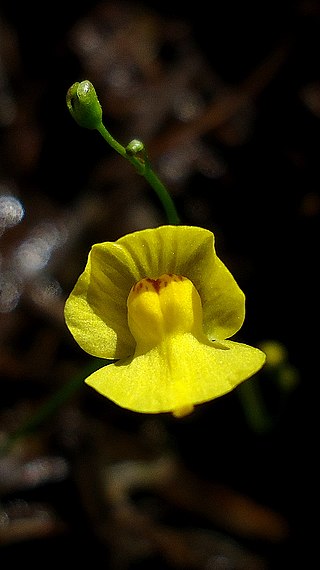Non-coding DNA
DNA not coding for protein. Often translated to RNA and critical in regulating other genes From Wikipedia, the free encyclopedia
Non-coding DNA sequences are parts of an organism's DNA which do not code for protein sequences. It is often called junk DNA.[2]

Some non-coding DNA is transcribed into functional non-coding RNA molecules (e.g. transfer RNA, ribosomal RNA, and regulatory RNAs). Other DNA sequences are not transcribed, or give rise to RNA transcripts of unknown function. The amount of non-coding DNA varies greatly between species. For example, over 98% of the human genome is noncoding DNA,[3] while only about 2% of a typical bacterial genome is non-coding DNA.
At first, much non-coding DNA had no known biological function. It was called junk DNA, particularly in the press. But many non-coding sequences are functional. These include genes for functional RNA molecules and DNA sequences such as "start replication" signals, centromeres, and telomeres.
Other noncoding sequences have not-yet-discovered functions. This is inferred from the high levels of sequence similarity seen in different species of DNA.
The Encyclopedia of DNA Elements (ENCODE) project[4] suggested in September 2012 that over 80% of DNA in the human genome "serves some purpose, biochemically speaking".[5] This conclusion was strongly criticized by some other scientists.[6][7]
Historical note
The term "junk DNA" was first used by Charles Ehret and Gérard de Haller in a paper.[8] Widely influential was Susuno Ohno's 1972 paper.[9] The term has been replaced by the more neutral term "non-coding DNA".
References
Wikiwand - on
Seamless Wikipedia browsing. On steroids.
